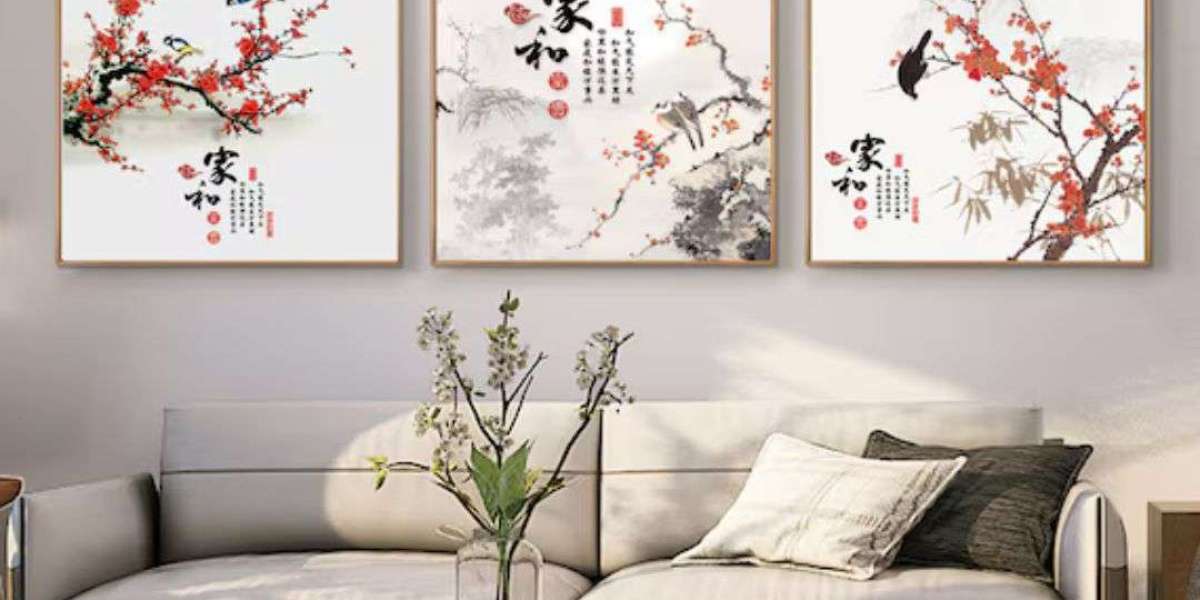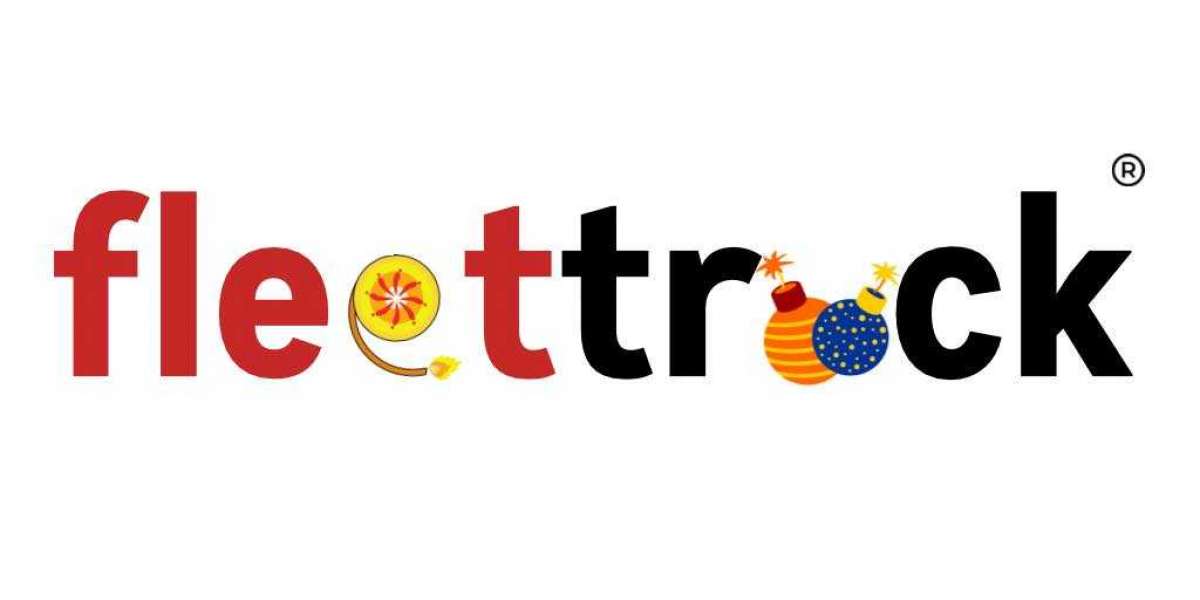Historical Context
The roots of Chinese culture art can be traced back to ancient times when it was primarily used for religious and ritualistic purposes. The earliest examples of Chinese art include pottery, jade carvings, and bronze vessels from the Neolithic period. These artifacts not only showcase the craftsmanship of the era but also provide insights into the spiritual beliefs and social structures of ancient Chinese society.
The development of calligraphy emerged during the Shang Dynasty (c. 1600–1046 BCE), where characters were inscribed on oracle bones and bronze vessels. Calligraphy, regarded as one of the highest forms of art, reflects the writer's personality and emotional state. Over the centuries, various styles of calligraphy evolved, with renowned masters like Wang Xizhi and Zhang Xu leaving an indelible mark on this art form.
Traditional Art Forms
Painting is another vital aspect of Chinese cultural art. Traditional Chinese painting is characterized by its emphasis on brushwork, composition, and the use of ink and color. Two primary styles dominate: gongbi, known for its meticulous detail and precision, and shui-mo, or ink wash painting, which emphasizes spontaneity and expressiveness. The subject matter often includes landscapes, flowers, birds, and figures, symbolizing harmony between humans and nature.
In addition to painting, ceramics play a crucial role in Chinese art. The invention of porcelain during the Tang Dynasty (618–907 CE) revolutionized pottery production. Chinese ceramics are celebrated for their elegance, intricate designs, and vibrant glazes. The famous blue-and-white porcelain, which became popular during the Ming Dynasty (1368–1644), is recognized worldwide for its beauty and craftsmanship.
Contemporary Expressions
In recent years, Chinese cultural art has undergone significant transformations as artists respond to globalization and contemporary issues. Modern Chinese artists blend traditional techniques with innovative concepts, exploring themes such as identity, cultural heritage, and social change.
One prominent figure in contemporary Chinese art is Ai Weiwei, whose works challenge political authority and advocate for human rights. His installations, such as the "Sunflower Seeds" exhibit at the Tate Modern, reflect on mass production, individuality, and the fragility of human rights in society.
Additionally, performance art has gained popularity in China, with artists like Zhang Huan using their bodies as a medium to convey powerful messages. These performances often engage the audience, inviting them to reflect on their own experiences and perceptions of culture.
The Role of Art in Society
Art in Chinese culture is not merely an aesthetic endeavor; it serves as a vehicle for social commentary and cultural preservation. Through various artistic expressions, artists engage with the public, fostering discussions around important issues and encouraging a deeper understanding of cultural identity.
Moreover, art education is increasingly emphasized in China, with institutions focusing on nurturing young talent and promoting traditional art forms. This commitment to education ensures the continuity of Chinese cultural art while encouraging innovation and creativity among new generations.
Conclusion
The essence of Chinese culture art lies in its ability to bridge the past and present, reflecting the country’s rich heritage while embracing modernity. As artists continue to explore new mediums and ideas, Chinese cultural art remains a vital part of the global art scene, inviting people from all backgrounds to appreciate its beauty and significance. By understanding and celebrating this rich tradition, we can gain insights into the values and beliefs that shape Chinese society today.








